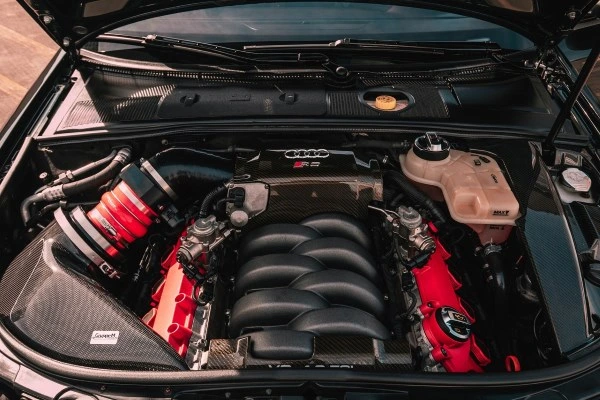The basis of any car is a well-functioning engine. This is an element that we pay special attention to when buying or replacing a vehicle. Investing in the right model often means that we do not have to worry about further expenses related to its renovation or replacement. However, despite this, many users often face the problem of the so-called. taking oil. Therefore, we have prepared a short guide in which you will learn how to check if the engine is taking oil and effectively assess its consumption.

Investigate the causes
One of the most common causes responsible for premature engine wear is its poor operation. It results primarily from improper use of the vehicle, which in effect causes the so-called. temporary loss of lubricity. This phenomenon occurs when overloading an unheated engine or loading at low revs – most often during an overtaking maneuver. In addition, many drivers do not follow the principles of sustainable driving through violent and “torn” movement of the vehicle , which further shortens the life of our vehicle.
What engine oil?
If you want to slightly extend the life of your engine, it is also worth remembering to timely replace various types of operating fluids, such as oil, oil filter or air filter. The first element is particularly controversial. Although many manufacturers assure that the oil they use will last us even for 30,000 km, it should be remembered that after about 10,000 km each oil loses its lubricating parameters. When changing the oil, special attention should also be paid to the brand – it is best to choose the oil recommended by the manufacturer (recommended).
Where to start the visual inspection?
Taking oil is a relatively common ailment of many engines. However, in this case it is worth staying calm, because sometimes it is a completely natural phenomenon. Excessive oil consumption most often occurs in the case of sports cars with the so-called sports cars. loose engines. However, in order to be sure of the scale of the phenomenon, it is enough to conduct a preliminary visual inspection. It is best to start by checking the level of oil intake per 1000 km. It is enough to study how much oil we need to add after the course so that its level returns to its original level. In addition, it is also worth looking at the exhaust gases. If, after bringing the engine to its maximum revolutions, the exhaust gases have a bluish-gray tint, this is a sign that most likely the engine is taking oil. To be sure, it is also worth measuring the compression pressure using a pressure gauge screwed into the cylinder bore. Thus, we will gain information about the condition of piston rings, which are usually responsible for taking oil. If any of them has been baked, the oil consumption may exceed even 1 liter per 1000 km, and the pressure of one of the cylinders will be significantly inflated.
The engine takes oil – how to repair?
In this case, in principle, we have two choices. One of them is simply overhauling the engine. The cost of this type of undertaking can be up to PLN 1500-5000. If the engine takes oil, we must first of all replace the piston rings and, if necessary, also the cylinders. The second solution is to invest in appropriate additives for engine oil with regenerating properties. One of the solutions is the addition to Ceramizer engine oil, which after driving 200 km begins the regeneration process, consisting in the creation of a ceramic-metal layer that not only eliminates the friction of metal against metal, but also fills worn surfaces. If you are still wondering what additives to use for engine oil, it is enough to invest in a product that combines protective and regenerating properties.
